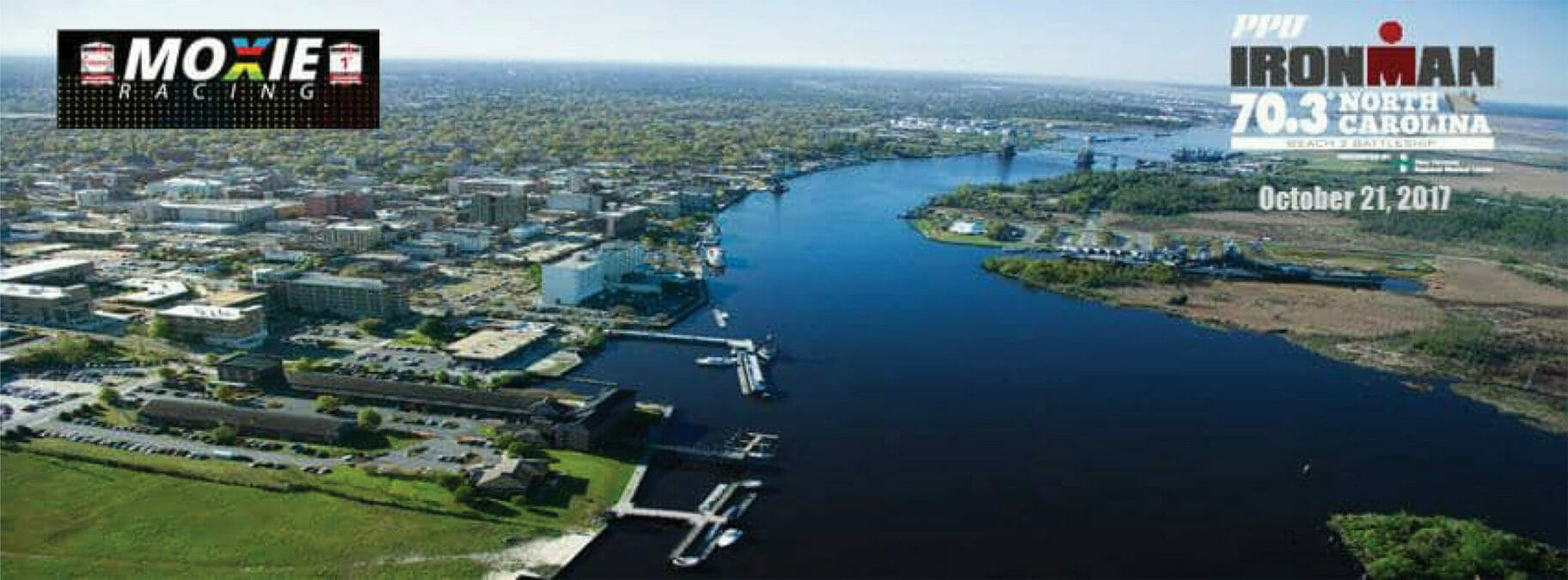It has been a while, and I have a ton of ideas that I am anxiously awaiting to share with you. Unfortunately, time has been getting away from me. Between training myself, a full-time job and being at capacity with 15 individual clients I am struggling for time to post. I promise I will figure out a way to make time. I am so lucky to have such great people to bounce ideas off of, that sometimes, by not posting, I feel like I am letting all of you down, so I promise to post more even if the posts end up being a lot shorter than usual. (Which the length is probably not your favorite part of it anyway. I know I ramble.)
Before I get into the nitty-gritty of my personal opinion of compression, a disclaimer.
I am not a medical professional. The opinions that are shared on this post come from research, my own experiences and the experiences of athletes I have personally witnessed and information I have researched. Every athlete/person has a different body and some products and/or methodologies may be advantageous for some and may even be dangerous for others. This post deals with my beliefs and my research. (Was that clear?)
Lately, most of the questions from other athletes, including clients of mine, have asked about compression. This usually centers around calf sleeves, but does include some of the other compression apparel as well. My answer is usually, for recovery and for temporary use they are great, but not for training. Why? Great question.
I am going to use calf sleeves as my example.

While running, biking, swimming or any major activity using the legs, the muscles are constantly in motion. That motion is what naturally makes the muscles stronger. The muscle moves and is loaded with either more repetitions, or with weight. The full range of motion of each muscle is imperative to the strengthening of the muscle. Compression holds that muscle in place and limits the movement therefore limiting the range of motion. While compressed the muscle cannot fully develop while training. Let’s take a look at the anatomy of the lower leg in the running position.


As you can see the gastrocnemius muscle and Achilles tendon, when the knee is flexed, both constrict and then elongate when the knee straightens. Here is the epitome of the range of motion naturally occurring when running. The more flexion and constriction that take place the more they are stretched causing the breakdown of the fibers. After the recovery period the fibers wrap tighter and in more abundance aiding in a strength and endurance. Now imagine that gastrocnemius muscle remaining constricted due to a calf sleeve. It seems to me that this would dictate that it would not have full range of motion also causing the Achilles tendon to remain stretched without the full ability to absorb the impact. This could unintentionally damage the Achilles tendon, the gastronemius muscle and the soleus muscle. If not damage, it will limit the ability to be strengthened. This is why I personally do not recommend calf sleeves during training workouts.
Recovery
I do however do not mind wearing compression while in recovery to include immediately following the cool down of a workout. I mentioned the healing of the fibers earlier. In order for the fibers to heal and become stronger after the breakdown, blood must be pumped through the muscle and with it water for hydration. Compression does help to isolate that area helping to keep the majority of the blood and water being pumped through the body to the point of the compression. With the legs either elevated or even walking around and at that point limiting the movement, it would allow for the blood to pool in that area helping to re-hydrate the muscle thereby helping to heal faster. In turn, an occasional training run or race, with compression at the tail end of an injury, might also benefit, but in a very limited quantity, and duration.
Carpe Vitam!
–IronGoof



That is so interesting! I swear by compression sleeves but I never thought of them constricting and cause more damage. I thought I would do my plantar fascitiis good by wearing them. From what I am reading here, you are saying I could do more unintentional damage. ACK! That sucks! lol Thanks for the heads-up though! I do love compression sleeves for recovery!
Thank you for commenting Denise. I will give you a little idea for your plantar. Heel walks. Walk on your heels 20 steps forward, 20 steps backward, 20 steps lateral to the right then left and finally 20 steps on the diagonals. The second set, do the same as above but try push your toes inward while you are on your heels. 90% of the people I have given this exercise to have either ended up completely without pain or greatly diminished within 4 days doing the exercises twice a day. I hope you get the same results.